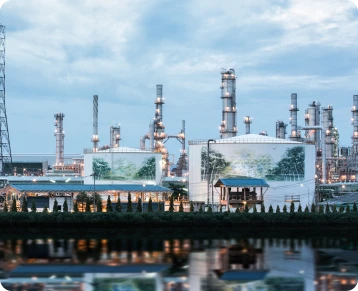

Understanding welding, malleability, and thermal handling differences is crucial for executing a seamless transition or modification to alternative materials. Welding compatibility, in particular, often differs among these steel types, necessitating precise technique adjustments and sometimes specialized welding consumables to maintain joint integrity. Furthermore, supplier veracity and adherence to international standards such as API and ASTM must be assured. Authenticity in documentation and certification provides a foundation of quality assurance, ensuring that the materials not only meet regulatory standards but also conform to project-specific stipulations and expectations. Additionally, engaging with manufacturers or suppliers who offer detailed product data and material test reports is essential. These resources provide insights into the performance expectations and material properties, fostering informed decisions about material substitutions or equivalents. Companies should also consider consulting with material engineers or industry experts who specialize in metallurgical sciences for comprehensive analysis and guidance. Such expertise will bolster confidence that the material chosen will fulfill anticipated functional requirements without compromising safety or efficiency. In conclusion, locating a material equivalent to A106 involves evaluating various factors intrinsic to each alternative's nature. While A53, API 5L, and A333 offer potential substitutes, each option should be matched precisely with the project's unique demands and environmental conditions. Controlled experimentation, thorough documentation, and expert recommendations ensure that the choice not only aligns with application requirements but also adheres to industry standards of excellence.
Post time: 1 月 . 25, 2025 21:36
Prev:
Next:
















